I have spent a lot of time using airbrushes and really loved them for a long time. If you want a perfectly smooth background or soft gradient, they are hard to beat. They excel at very soft and very hard edges. When I was fresh out of school for illustration, I used airbrushes all the time, especially to mimic the effect of low-depth-of-field backgrounds. They look very convincing, very photographic. People often seem drawn to these backgrounds. Almost twenty years ago I did a large painting of a Belted Kingfisher with an airbrushed background. I still get a lot of positive comments on that painting, but when I look at it, I just see the airbrushed background.
I have a collection of airbrushes that I really like. They are great tools, and in the days before PhotoShop, they were “go to” tools for illustrators.
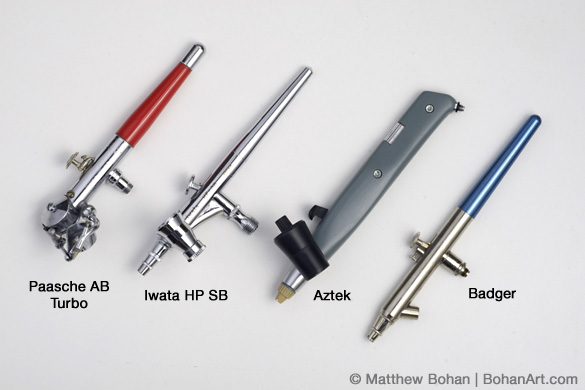
When I used them for watercolor paintings, they often looked… well, very airbrushed. Sometimes that got in the way of the subject of the painting, sometimes not. In all honesty, I used the airbrush as a crutch for the weak areas of my watercolor technique. Large, smooth washes of intense colors and subtle gradients can be very hard to control, especially when trying to keep the level of detail high. So I’d turn on the compressor, put on the respirator, and spray in a background. While that may make it sound fast and easy, in fact many of the airbrushed backgrounds took a very long time, such as the water in this 18 x 24-inch painting of a purple gallinule. At other times the background colors were thought out carefully and the airbrush just allowed me to apply them very efficiently.
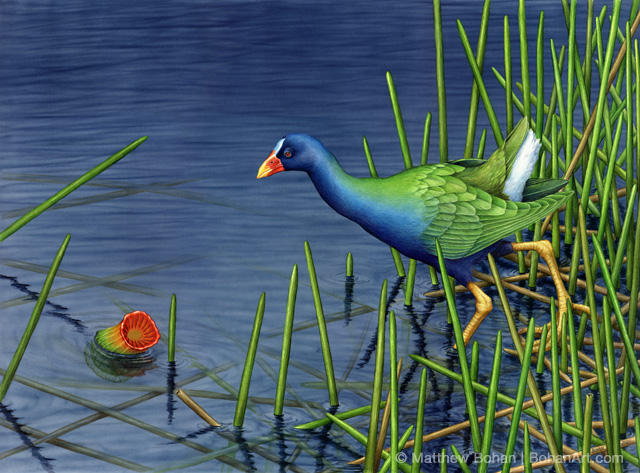
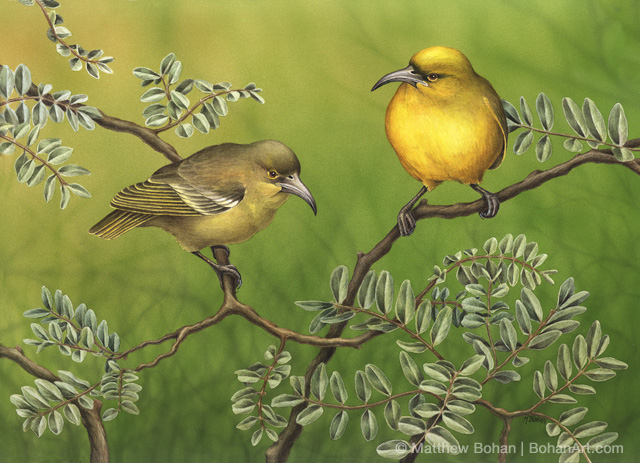
In the end, I ended up noticing the airbrush in the paintings—more than I want. I also notice its use in other people’s paintings. There is a certain quality about it that is recognizable. Sometimes that gets in the way of an image, while at other times it integrates well.
I decided to really spend some time working on the weakest part of my watercolors, the large washes which were so easy with an airbrush. I got more and more comfortable with wet-on-wet and wet-on-dry washes over large areas. I really learned a lot about pigments as well: which ones are staining and which are sedimentary. This has a profound impact on how a wash goes down. I finally got to the point where I could pretty much do anything with traditional brushes that I had previously done only with an airbrush.
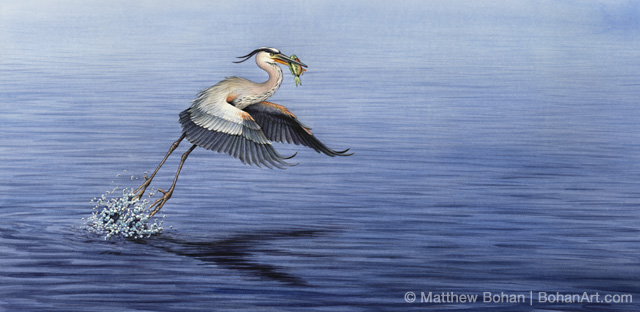
What I found surprised me a little. I always preferred the watercolor washes over airbrushed ones. The washes actually sink into the paper and react with it, while the airbrushed paint seems to sit on top of it. As the watercolor reacts with the paper, it takes on a different quality—sometimes they are tiny anomalies with the way the wash went down, but they seem to have a vibrancy and life to them that never really happened with an airbrush for me. Because the airbrushed background sort of sits on top of the paper, I found that an errant drop of water hitting the background would totally change the appearance of the paint as it settled in. That can ruin the smooth background just airbrushed in.
Here are magnified samples of a traditional wash versus airbrushed background from the paintings above.
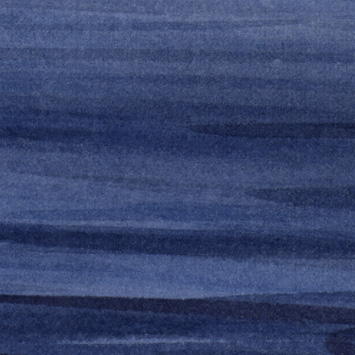
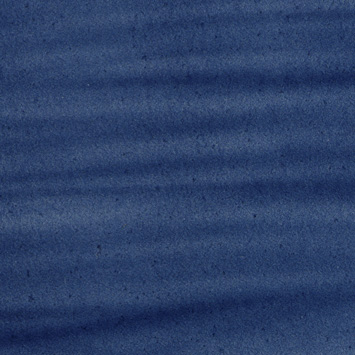
…and a few swatches from details of other paintings shown actual size.
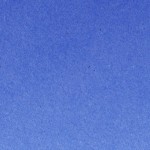
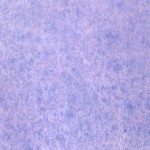
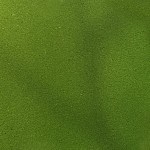
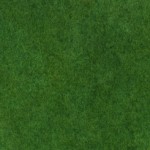
I almost always prefer the look of washed backgrounds.
I haven’t used my airbrushes in seven or eight years now. The last times I used them was to save a painting or two where the background got out of hand, and I used the airbrushes to reign them back in. (Occasionally, I would use an airbrush with gouache to lighten a background that got too dark.) Since then, I have really concentrated on my washes and found that I can accomplish “airbrush jobs” with washes, and I like the end results better. It’s a personal preference, but I’m more drawn to a well-done wash and the qualities inherent to the medium than the super-smooth airbrushed look.
For example, I’m not sure I could’ve accomplished the background of this swimming Penguin in airbrush.
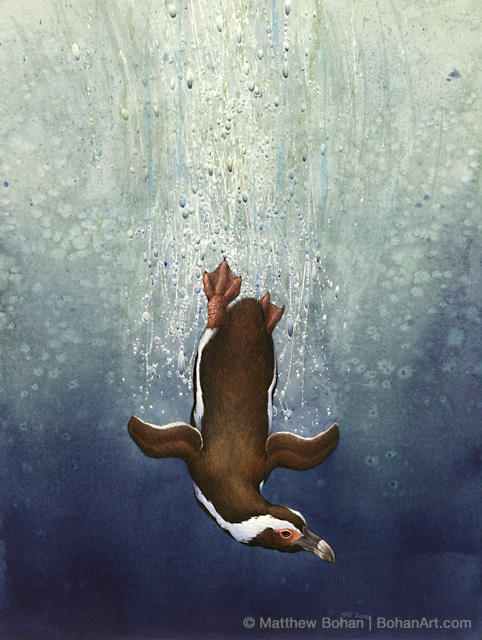

I’m still happy with the airbrushed backgrounds on many of the paintings, like the amakihi and gallinule where I spent a lot of time rendering form. However, I do feel a little guilty about those where I just sprayed in an even background or simple gradient because my wash technique wasn’t that great. At some point I’ll probably pull out an airbrush again if a particular project calls for it, and I’m sure it will still be fun. But for now I enjoy not hearing the compressor and not wearing a respirator while painting.
One thing is for sure, there is always something to learn with watercolor!

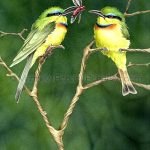
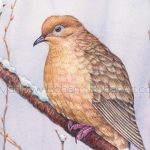
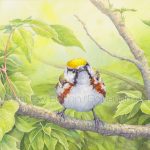
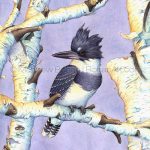
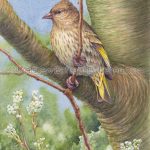
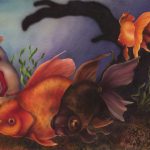
spore
beautiful work!! that Paasche Turbo AB is beautiful i want one of those
Matt
Thanks! The Paasche Turbo AB is a great brush, albiet a little fiddly at times. I used to use mine all the time, but have kind of moved away from it for a while. They are very delicate instruments. Dropping an iwata or badger is no big deal, but if the turbo falls of your drafting table it will probably mean a very costly repair. A tiny change in the bend of the needle or the air nozzle makes a huge difference in the quality of your spray. It also can be fussy about your paint mix, but not necessarily as bad as the internal brushes. A well tuned AB can do things no other airbrush can. I hope you get one or at least get to try one out so you can see if you like it!
Amandeep Singh
sir
please confirm can we paint in single line not spray the paint.we need water base colors or can we used rubber base also.
please contact
Matt
Hi Amandeep,
I’ll try to respond, but am a little confused about what you’d like to know. When using the airbrush I always used liquid frisket (latex rubber) as a resist to keep the white of the paper from being sprayed. I also do that if the shape is complicated and I’m using a wash and brush. Sometimes you don’t need to frisket with the watercolor wash (see https://www.youtube.com/watch?v=QZR5NY06jRQ&t=350s for an example) With airbrush I always am using a mask or frisket. Straight lines are easy to attain with airbrush by using the masks or frisket. With a brush you can go as hard or as soft as you want, often without frisket. I’m using Winsor & Newton Artists Watercolor, and very rarely W&N Designer Gouache for both regular brush and the airbrush.
Hopefully that answers your question.
Matt